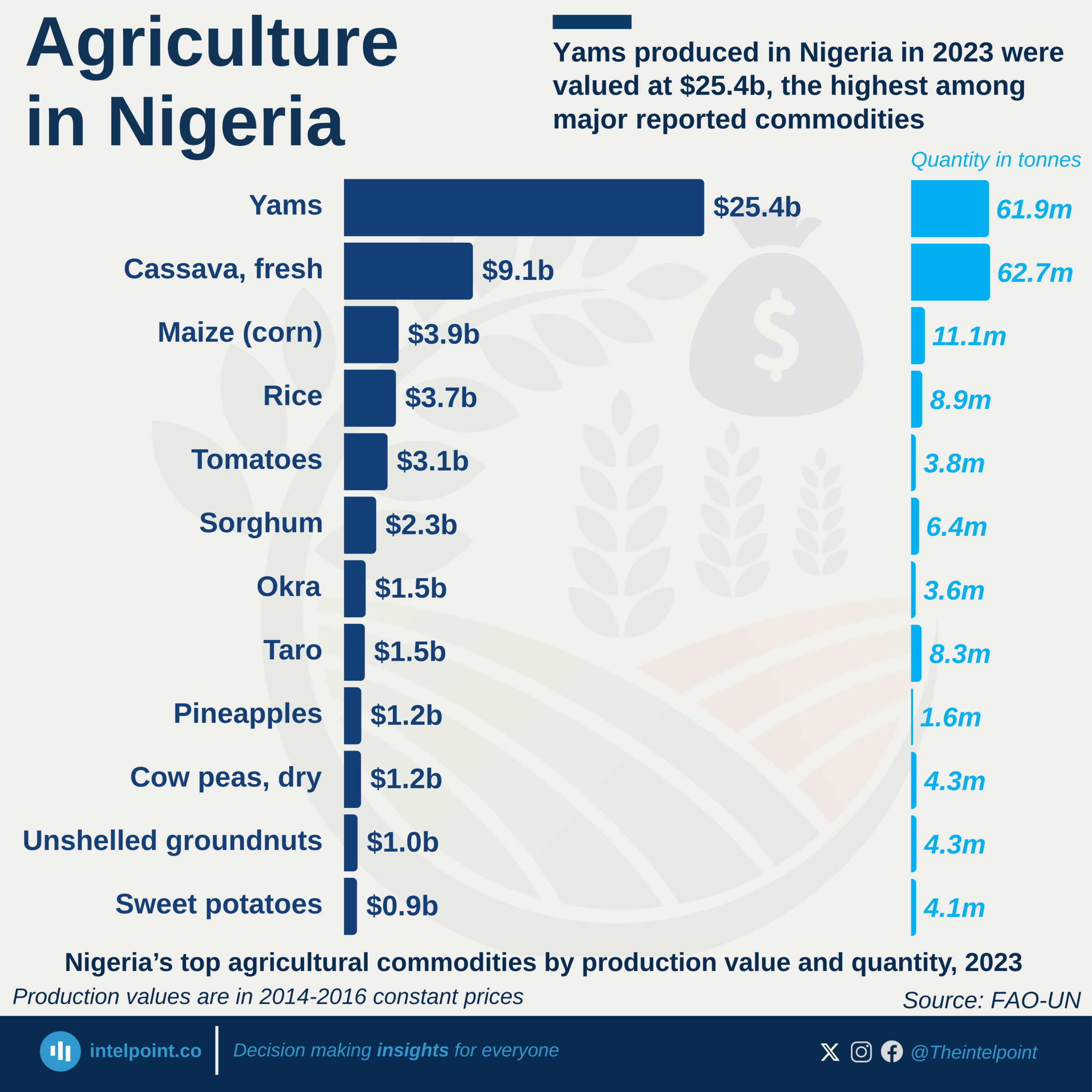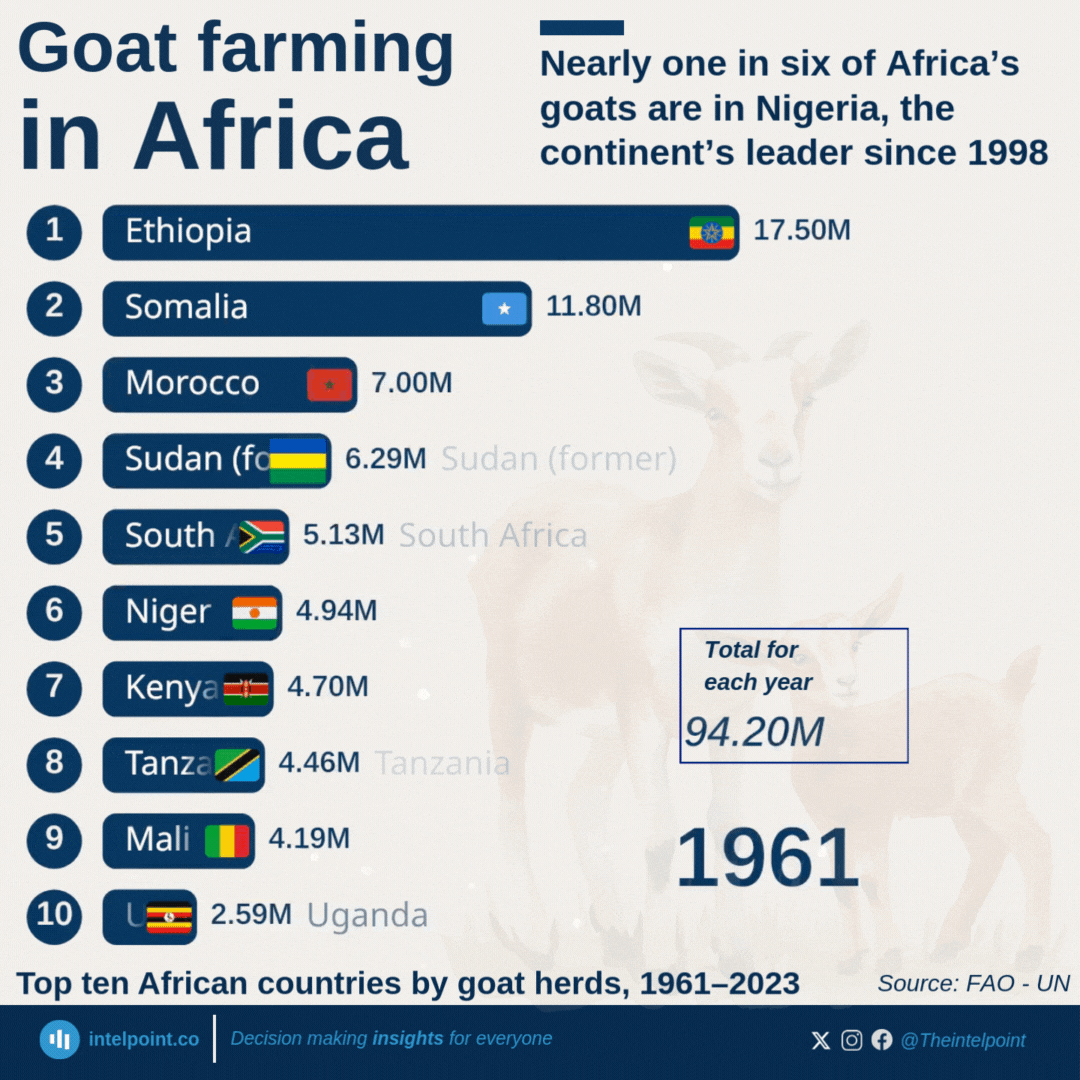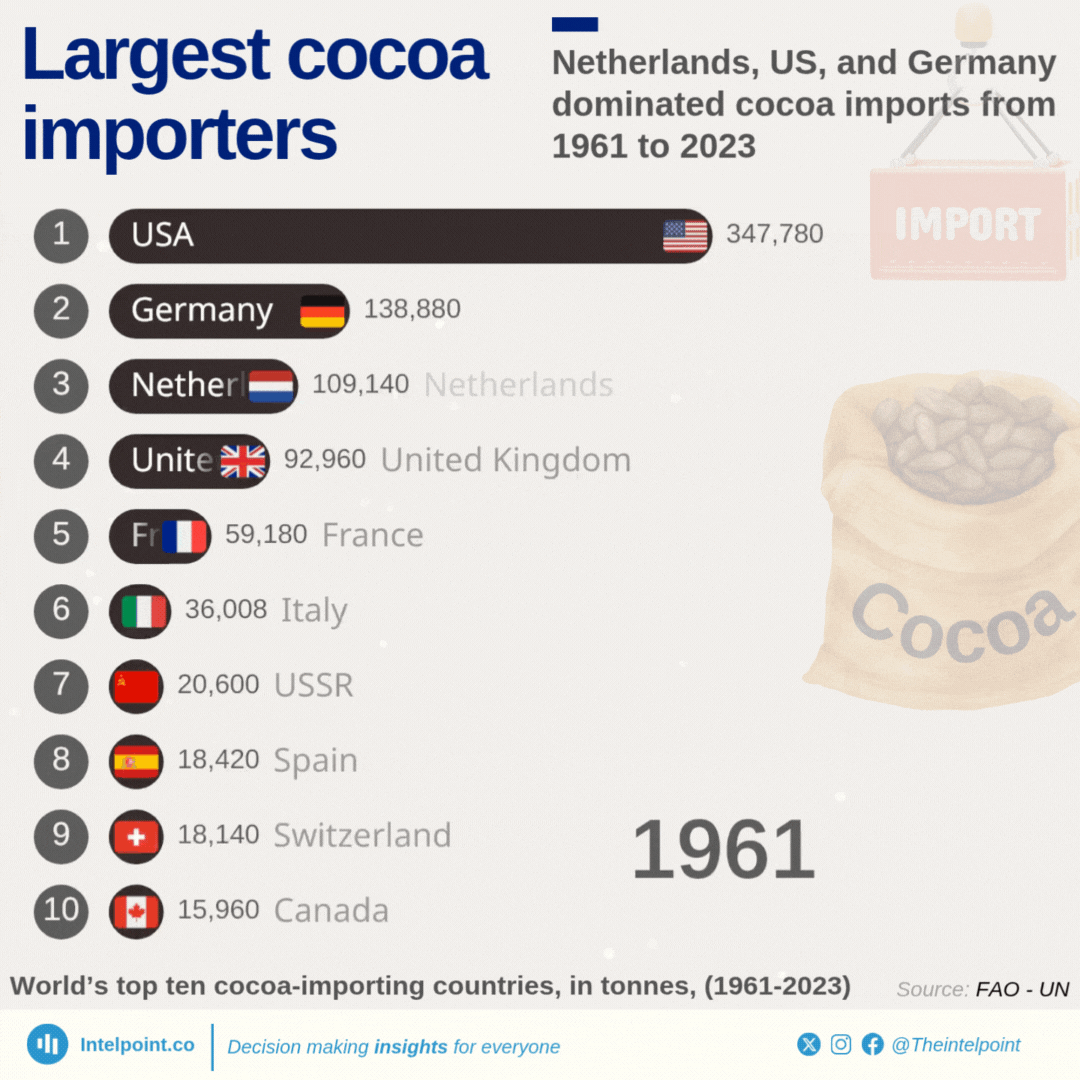For decades, Africa’s cotton story wore an Egyptian crown. From the 1960s through the 1990s, Egypt’s fields ruled the continent, peaking at over 540,000 tonnes in1969. But in the early 2000s, the winds shifted. Burkina Faso, Mali, Benin, and Côte d'Ivoire began to claim the throne, leading a West African surge that redefined the cotton race. By 2022, Burkina Faso reclaimed number one, producing over 255,000 tonnes.
Africa’s share of global cotton production grew modestly from 5.31% in 1961 to 5.46% in 2022, adding over 1.1 million tonnes to its annual output but maintaining a relatively small share of the world’s cotton fields.
As of 2022, the cotton leadership race is tighter than ever, with no one country permanently dominant — a sharp contrast to Egypt’s old era.





